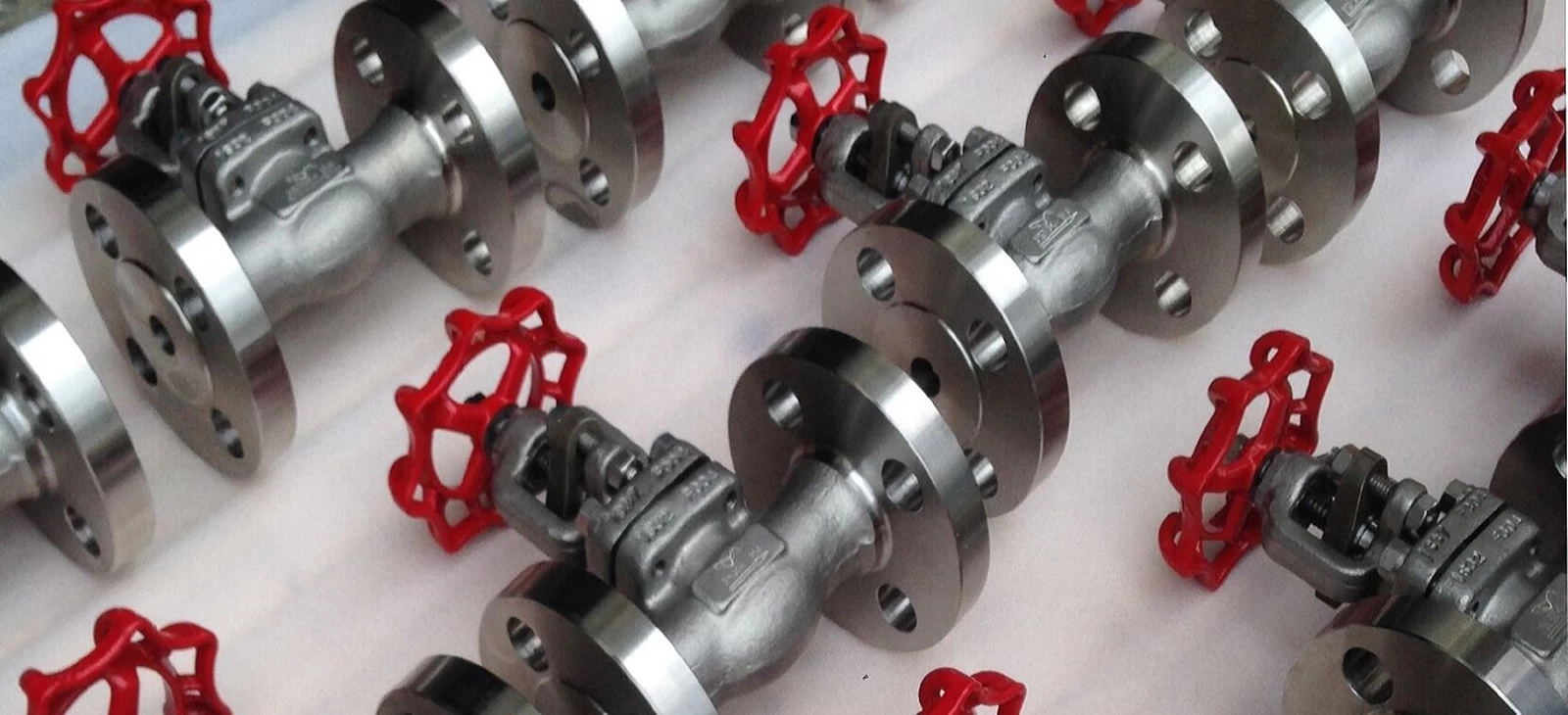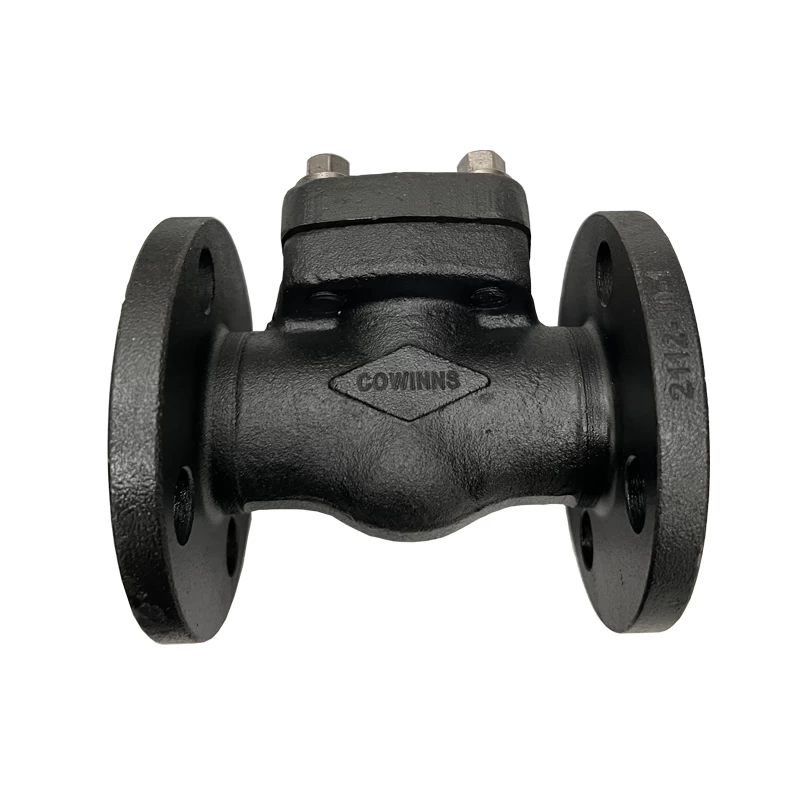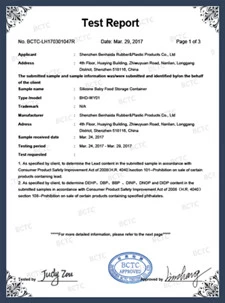Selection of Surfacing Materials for Valve Sealing Surface
The sealing surface of steel valves is generally manufactured by surfacing. The materials used for valve surfacing are divided into 4 categories according to alloy types, namely cobalt-based alloys, nickel-based alloys, iron-based alloys and copper-based alloys. These alloy materials are made into electrode, welding wire (containing flux-cored wire), flux (containing transition alloy type flux) and alloy powder, etc., using manual arc welding, oxyacetylene flame welding, argon tungsten arc welding, and automatic submerged arc welding. And plasma arc welding and other methods of surfacing.
The selection of surfacing materials for the valve sealing surface is generally based on the valve's operating temperature, working pressure and corrosiveness of the medium, or the type of valve, the structure of the sealing surface, the sealing specific pressure and the allowable specific pressure, or the production and manufacturing conditions of the company, and the processing capacity of the equipment. And surfacing technology capabilities and user requirements. Optimal design should also be adopted, and the sealing surface material with low price, simple production process and high production efficiency should be selected under the condition of meeting the performance of the valve.

Some of the materials used for the surfacing of the valve sealing surface have only one form, or welding rod or wire or alloy powder, so only one surfacing method can be used. Some are made of electric welding rod, welding wire or alloy powder in various forms, such as stellite l 6 alloy. There are welding rod (D802), welding wire (HS111) and alloy powder (PT2102). 2Acetylene flame welding, argon tungsten arc welding, wire-feeding plasma arc welding and powder plasma arc welding and other methods of surfacing. When choosing the surfacing material for the sealing surface of the valve, the company should choose the surfacing method with mature technology, simple process and high production efficiency, so as to ensure the performance of the surfacing on the sealing surface.
The sealing surface is the key part of the valve, and its quality directly affects the service life of the valve. Reasonably selecting the material of the valve sealing surface is one of the important ways to improve the service life of the valve. Mistakes should be avoided when selecting the sealing surface material of the valve. Especially for pressure seal gate valve
Misunderstanding 1: The hardness of the valve sealing surface material is high and its wear resistance is good.
Experiments show that the wear resistance of the valve sealing surface material is determined by the structure of the metal material. Some metal materials with austenite as the matrix and a small amount of hard phase structure are not very hard, but their wear resistance is very good. The valve sealing surface has a certain high hardness to avoid being scratched and scratched by hard debris in the medium. Considering comprehensively, the hardness value of HRC35~45 is appropriate.
Misunderstanding 2: The high price of the valve sealing surface material is good for its performance.
The price of a material is its own commodity characteristics, while the use performance of a material is its physical characteristics. There is no necessary connection between the two. The metal cobalt in the cobalt-based alloy comes from imports, and the price is relatively high, so the price of the cobalt-based alloy material is high. Cobalt-based alloys are characterized by good high-temperature wear resistance, but when used in normal and medium temperature conditions, the price/performance is relatively high. When selecting valve sealing surface materials, materials with relatively low price/performance should be selected.
Misunderstanding 3: If the valve sealing surface material has good corrosion resistance in a strong corrosive medium, it must be suitable for other corrosive medium.

The corrosion resistance of metal materials has its complicated mechanism. A material has good corrosion resistance in a strong corrosive medium, but if the conditions change slightly, such as changes in temperature or medium concentration, the corrosion resistance will change. For another corrosive medium, its corrosion resistance changes more. The corrosion resistance of metal materials can only be known through experiments. For reference, the relevant conditions must be understood, and it must not be used blindly.
 +86 512 68781993
+86 512 68781993 


















